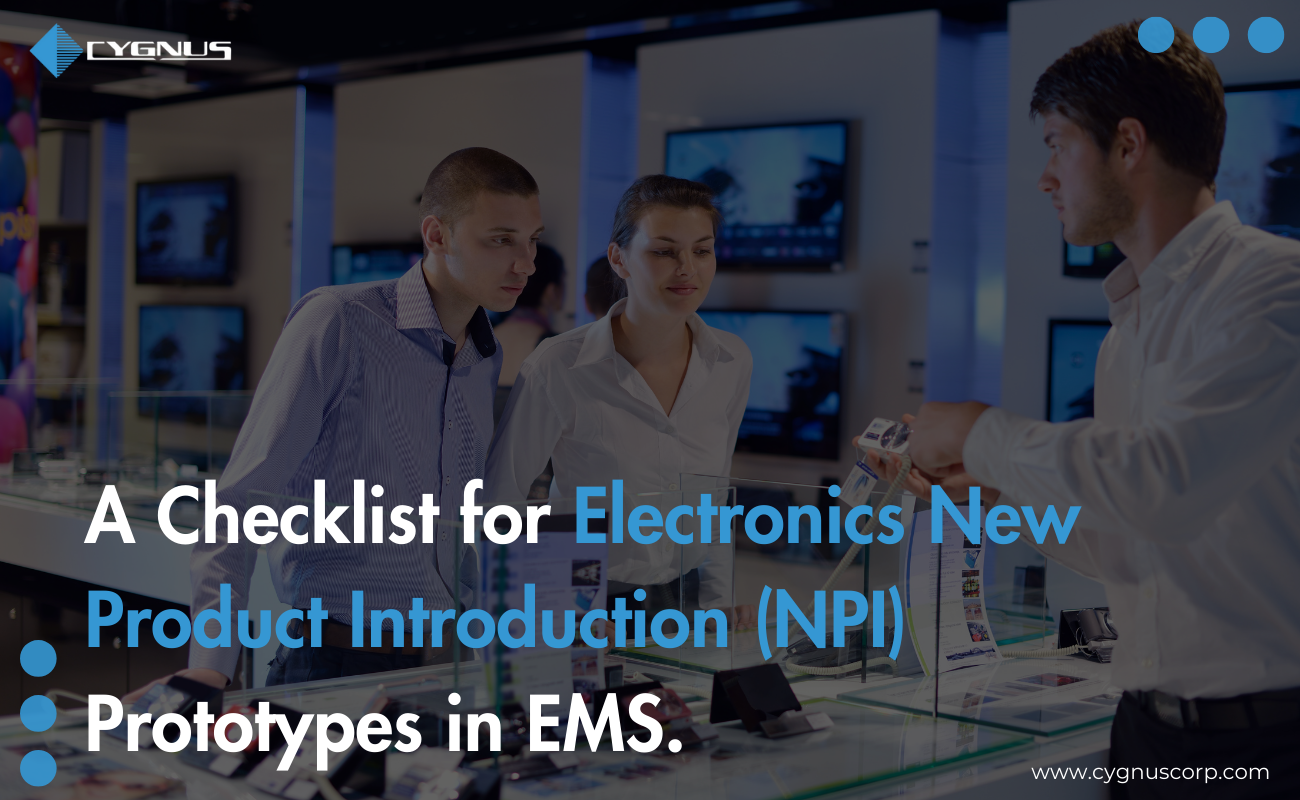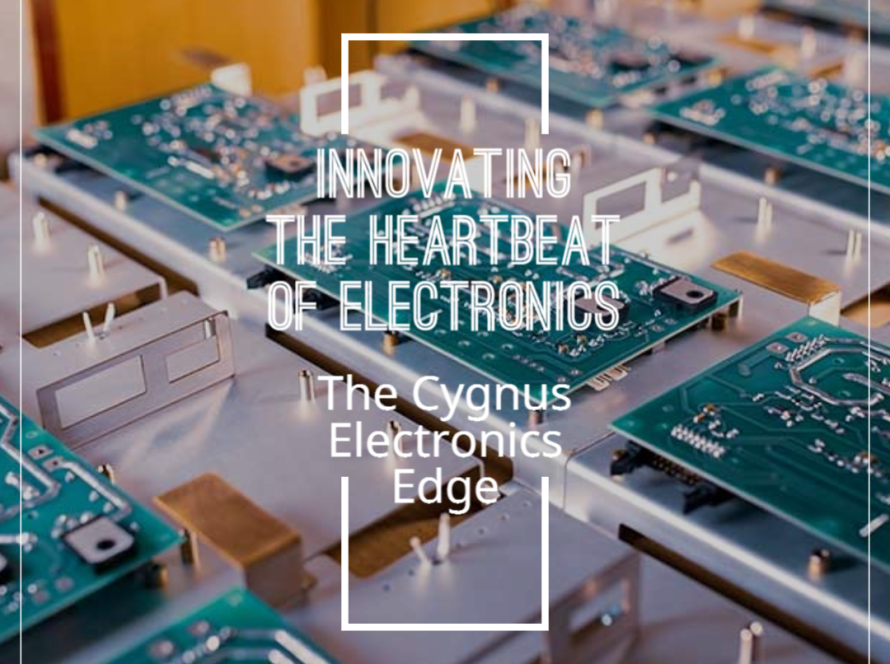When launching a new electronics product, the New Product Introduction (NPI) process is crucial. It ensures that your prototype is ready for production and meets all necessary standards. NPI is the bridge between the concept of a product and its mass production. It involves everything from initial design and development to prototyping and final manufacturing.
Prototyping is a key phase in the NPI process. It allows companies to test and refine their designs before committing to full-scale production. This step is crucial because it helps identify potential issues, optimize designs, and ensure that the final product meets all specifications and quality standards. However, the prototyping stage can be complex and challenging, requiring careful planning and execution.
To ensure a successful NPI prototype in EMS, it’s essential to follow a comprehensive checklist. This checklist helps streamline the process, reduce errors, and increase the chances of a successful product launch.
What is Electronics New Product Introduction (NPI)?
Electronics New Product Introduction (NPI) is the process of bringing a new electronics product to market. This process involves everything from design and prototyping to testing and manufacturing. The Electronics NPI process ensures that your product is viable, manufacturable, and meets market demands. It typically includes several stages, each with specific tasks and milestones.
Why Prototypes are Important in Electronics NPI?
Prototypes play a critical role in the Electronics New Product Introduction (NPI) process. They allow you to test and validate your design before committing to large-scale production. Prototypes enable you to:
- Verify Design: Ensure that the design meets functional and performance requirements.
- Identify Issues: Detect any design or manufacturing issues early in the process.
- Refine Specifications: Make adjustments based on testing and feedback.
- Demonstrate Feasibility: Show stakeholders and potential investors the viability of your product.
Checklist for Electronics NPI Prototype
Here’s a comprehensive checklist to guide you through the Electronics New Product Introduction (NPI) process for prototypes:
1.Define Product Requirements
Before you start building prototypes, it’s crucial to clearly define the product requirements. This includes understanding the intended function of the product, its target audience, and any specific industry standards or regulations that need to be met. Make sure to document all these requirements as they will guide the entire NPI process.
2.Design for Manufacturability (DFM)
Design for Manufacturability (DFM) is a critical step in ensuring that the product can be efficiently and cost-effectively manufactured. Collaborate with your EMS provider to review the design and identify any potential manufacturing challenges. This might include evaluating the complexity of the design, the availability of components, and the ease of assembly.
3.Select the Right Material
Choosing the right materials is vital for the success of your prototype. The materials should meet the performance requirements of the product while also being compatible with the manufacturing process. Additionally, work closely with your EMS provider to select materials that offer the best balance between performance, cost, and manufacturability.
4.Build the Prototype
With your design specification in hand, work with your EMS manufacturing partners to build the prototype. Key steps include:
- Component Sourcing: Ensure all components are sourced and available.
- Assembly: Assemble the prototype according to the design specifications.
- Verification: Check that the prototype matches the design and specifications.
5.Test the Prototype
Once the prototype is built, it’s time to test it. Testing is essential to verify that the prototype meets all the defined product requirements. This includes functional testing, reliability testing, performance testing and any specific industry-standard tests. Make sure to document all test results and address any issues that arise during testing.
- Functional Testing: Verify that all features and functions work as intended.
- Performance Testing: Assess the performance of the prototype under various conditions.
- Reliability Testing: Test the prototype’s durability and reliability over time.
- Compliance Testing: Ensure the prototype meets all regulatory and industry standards.
6.Review and Refine
Prototyping is often an iterative process. After testing, you may need to go back and refine the design based on the test results. This could involve making adjustments to the design, materials, or manufacturing process. It’s important to keep track of all changes and ensure that each iteration brings you closer to the final product.
7.Prepare for Production
Once you’ve refined the prototype and are confident that it meets all requirements, it’s time to prepare for mass production. This involves finalizing the design, securing supply chains, and setting up the manufacturing process. Work closely with your EMS provider to ensure a smooth transition from prototyping to full-scale production.
8.Document Everything
Proper documentation is crucial throughout the New Product Introduction NPI process. Make sure to document every step, from initial design to final production. This documentation will be essential for regulatory compliance, quality control, and future reference. Ensure that all required certifications and approvals are obtained before moving forward with production.
- Design Documents: Keep records of design specifications, drawings, and revisions.
- Test Reports: Document all testing procedures and results.
- Production Plan: Create detailed documentation for manufacturing processes.
9. Supply Chain Management
Effective supply chain management is key to ensuring that all necessary components and materials are available when needed. Work with your EMS provider to establish a reliable supply chain and plan for any potential disruptions. This will help avoid delays and ensure that the production process runs smoothly.
10.Quality Control
Quality control should be integrated into every step of the NPI process. If you implement rigorous quality checks at each stage, it will help catch issues early and prevent costly mistakes. Work with your EMS provider to establish clear quality standards and ensure that they are consistently met.
11.Review and Finalize
Before moving forward with mass production, take the time to review the entire electronic NPI prototype process. Make sure that all steps have been completed, all documentation is in order, and that the prototype meets all requirements. This final review is your last chance to catch any issues before committing to full-scale production.
Tips to Prevent Electronics NPI Launch Failures
- Ensure that all product requirements are well-documented and understood by the entire team. Misaligned expectations can lead to costly redesigns and delays.
- Understand the market demand, target audience, and competition. Launching a product without market validation increases the risk of failure.
- Engage engineering, manufacturing, marketing, and sales teams from the start to ensure alignment and prevent last-minute issues.
- Optimize the product design for manufacturing efficiency and cost-effectiveness to avoid production delays and quality issues.
- Implement rigorous testing at every stage of the NPI process to identify and address issues before mass production.
- Secure reliable suppliers and develop contingency plans for potential disruptions in the supply chain.
- Maintain detailed records of design changes, testing results, and decisions made throughout the electronics NPI prototype process to ensure accountability and traceability.
- Avoid overly ambitious launch schedules that can lead to rushed decisions and overlooked details. Build in buffer time for unexpected challenges.
- Before full-scale production, conduct a smaller pilot run to validate the manufacturing process and catch any remaining issues.
- Ensure that customer support systems are in place to handle any issues that arise after the product launch. This can protect your brand reputation.
- After the product launch, continuously monitor performance, gather customer feedback, and be ready to make improvements or address issues quickly.
Conclusion
The Electronics New Product Introduction (NPI) process for prototypes is a multi-faceted journey that demands meticulous planning, execution, and testing. However, if you follow this New Product Launch checklist, you can ensure that your prototype is well-prepared for production and meets all necessary standards.
A successful Electronics NPI process not only helps in creating a viable product but also lays the foundation for a smooth transition to large-scale manufacturing.
If you are looking for expert help in the electronics manufacturing industry working with reliable EMS partners is essential for you. At Cygnus Electronic Corporation, we specialize in delivering comprehensive Electronics NPI services to make sure that your prototypes are developed efficiently and effectively. Whether you need assistance with design, prototyping, or production, Cygnus Electronic Corporation is here to support you every step of the way.




